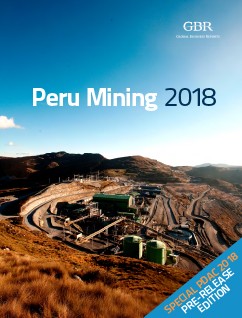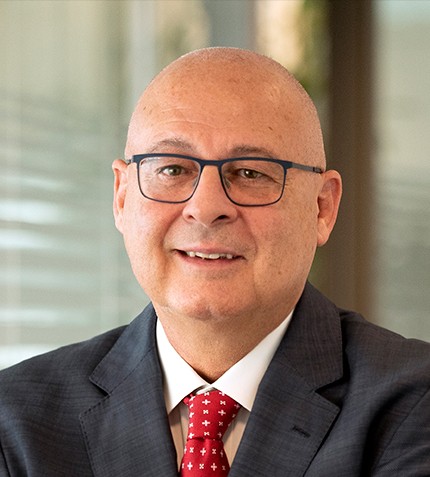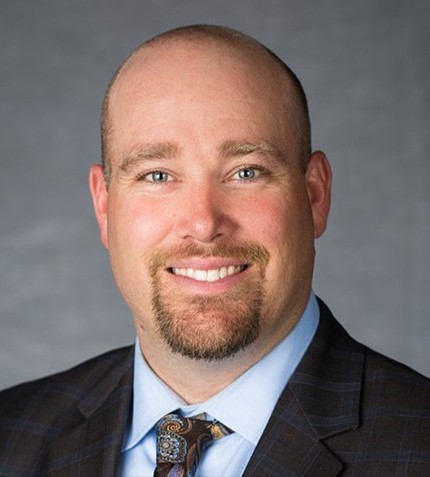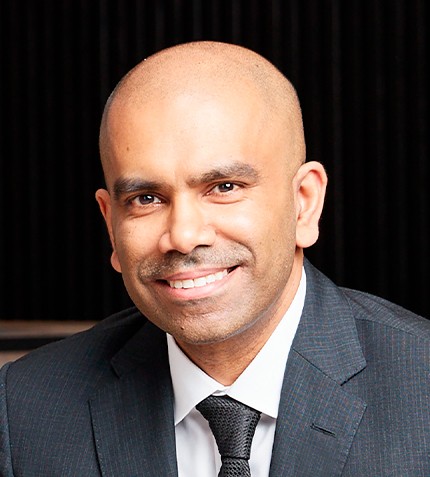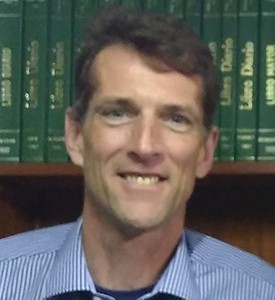
“Falchani is a tremendous discovery for our company, but also for the future of lithium and uranium production in Peru” -Ted O'Connor
RELATED PUBLICATION
ARTICLES FROM THIS PUBLICATION
Ted O'Connor & Laurence Stefan
CEO & PRESIDENT AND COO, PLATEAU ENERGY METALS
2017 was quite an eventful year for Plateau Energy Metals. Could you give us more details on the Falchani lithium-uranium discovery?
TOC: In September 2017, the community of Chaccaconiza invited us to do work in their area. There, we found the best expression of uranium radioactivity at surface that we have seen anywhere in the plateau. We started drilling and we found uranium, but we also found these unusual rocks that we had never seen before, with very high grades of 3,500 ppm lithium. The deposit is at least 100 meters thick and two square kilometers in area. We are currently drilling there and we expect to have our resource estimate by mid-2018. We are quite confident that this will be among the top lithium resources in the world. It is a totally new style of rock: you can process it easily, it is within 200 meters of surface, so it is open-pittable, and it is going to be big. It is a tremendous discovery for our company, but also for the future of lithium and uranium production in Peru.
How does this add to your existing resource in the other areas of the Macusani plateau?
LS: At present we have 124 million pounds of uranium in the ground, and within that, by extracting the lithium too, we have 176,000 mt of equivalent lithium oxide. Now, as we move west towards the Falchani area, the focus is increasingly on the lithium, because the new resource is expected to be one of the largest lithium resources in the world. Having said this, when we drill for lithium, we will discover more uranium. The uranium at Falchani is double the grade of our uranium to the east, so we will end up as well with a significantly expanded uranium resource on surface.
Do you expect the lithium to be easily recoverable?
TOC: In most hard rock lithium projects, you essentially have to melt the rocks, cool them quickly and hit them with acid. Our rocks are exactly the same chemistry as a pegmatite, but they are volcanic rocks so they cooled extremely quickly. In this rock that has 3,500 ppm lithium, we get 80% of the lithium out by using warm sulfuric acid. Our solutions have 2,500-2,700 ppm lithium in them, as opposed to 250 ppm in a normal brine. Right now we are running a bulk sample test at ANSTO in Australia that will give us more details about the process.
LS: At Macusani, the beauty of our rock is that the quenching already took place naturally, probably at the time of the eruption, and now we just need to heat a cake to 80 degrees for 12 hours. Even if that may not be as cheap as extracting lithium from the brines, we will be very close to that, and we will certainly be much cheaper than other hard rock lithium deposits. By the end of the year, we will have the results of our preliminary economic assessment.
When do you think the uranium market will improve?
TOC: In a US$22/lb spot market, not much production is being sold at that price because no-one can make any money. That is why Cameco and Kazakhstan, two of the world's lowest-cost producers, have shut production. If they are not making money, eventually they are going to turn more uranium mines off. I do not think uranium will go back to prices of US$130/lb, but it will certainly be north of US$50/lb, because demand is predictable. At least 10 new reactors come online every year, and each of them needs an initial load of 1.5 million lbs, and additional 500,000 lb per year, on average. Our uranium project is too big to be ignored, and it breaks even at US$23/lb, with cash costs of US$17/lb in our uranium only. We are going to have low-cost uranium production, and we are going to be even better on the lithium side.
What is your relationship with the communities in the Macusani plateau?
LS: We have intense programs with the communities. In the past we have been working with Isivilla, Tantamaco and Corani. Then we worked another two communities when we drilled Pinocho. Moving west now with Falchani, we enter into areas with communities that had been very far away from our core of action, like Chacacconiza and Quelcaya. The weather there is colder so there is no agricultural production. People mostly have livestock and the approach has to be different. At some point we realized that we had to strengthen our community relations team so we hired two quechua-speaking professionals who have been doing an excellent job. Now we have a warm relationship with the communities that goes beyond the mere discussion about the economic aspects of our relationship.




